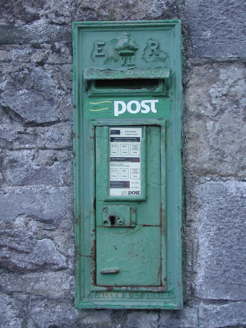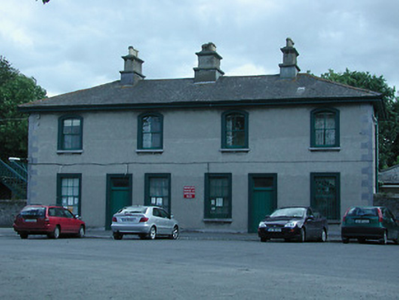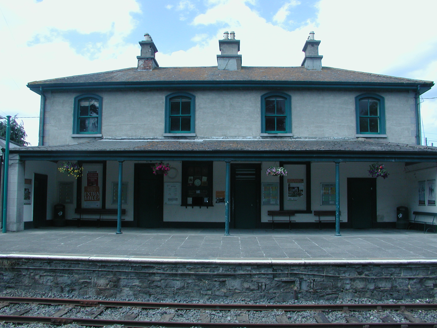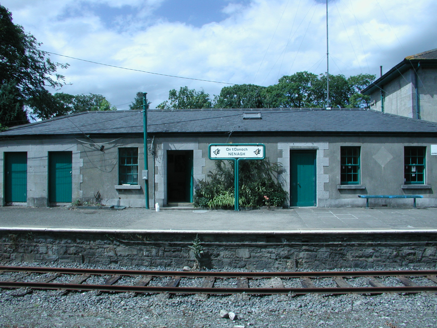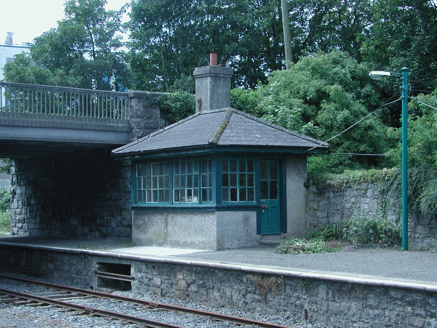Survey Data
Reg No
22305105
Rating
Regional
Categories of Special Interest
Architectural, Social, Technical
Original Use
Railway station
In Use As
Railway station
Date
1860 - 1865
Coordinates
186899, 178825
Date Recorded
27/07/2004
Date Updated
--/--/--
Description
Detached two-storey railway station, built 1863, having single-storey building adjoining to southwest. Hipped slate roof with rendered chimneystacks and cast-iron rainwater goods. Lined-and-ruled rendered walls with dressed limestone quoins and plinth. Timber sliding sash windows with stone sills and moulded stone surrounds, segmental-headed to first floor and square-headed to ground floor of entrance elevation. One window and two blocked windows in platform elevation. Timber panelled doors with overlights and render surrounds. Monopitch slated canopy supported on cast-iron Doric columns to platform and masonry walls to each end. Seven-bay single-storey building attached to south-west with hipped slate roof with rooflight, rendered walls, timber sliding sash windows, two-over-two pane to first floor and six-over-six pane to ground floor, with stone sills and timber battened doors with limestone block-and-start surrounds. Detached single-bay single-storey signal cabin at road bridge and has hipped slate roof, rendered chimneystack, rendered lower and glazed timber upper walls with glazed timber door with stone step and timber surround. Rubble masonry wall with cast-iron gate leads from car park to platform and contains cast-iron post box, c.1905, with royal insignia of Edward VII.
Appraisal
This building forms part of a group of interesting railway buildings and occupies an important place in the streetscape and vista from Kenyon Street. The regular form of the main building and those attached to it gives it a symmetry which, together with the subtle decorative elements, gives it an efficient and precise appearance. It retains timber sash windows and decorative surrounds and an interesting platform canopy and paving. The post box set into the boundary wall, at the entrance, provided a convenient way for travellers to dispatch their letters.
